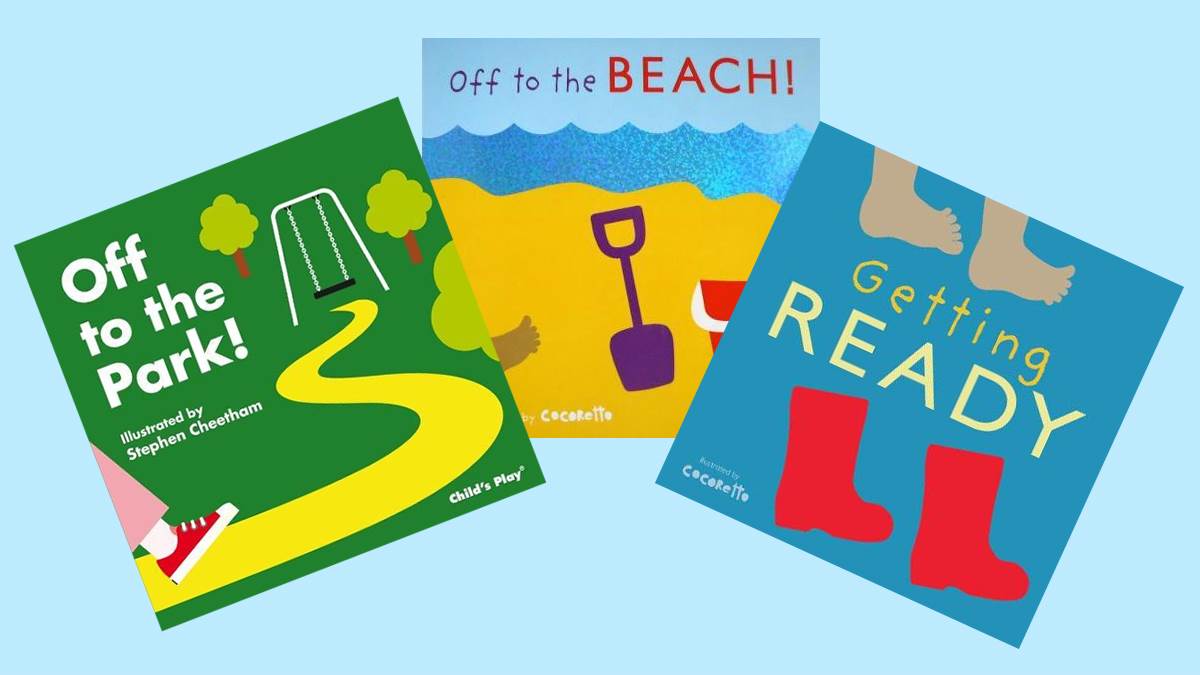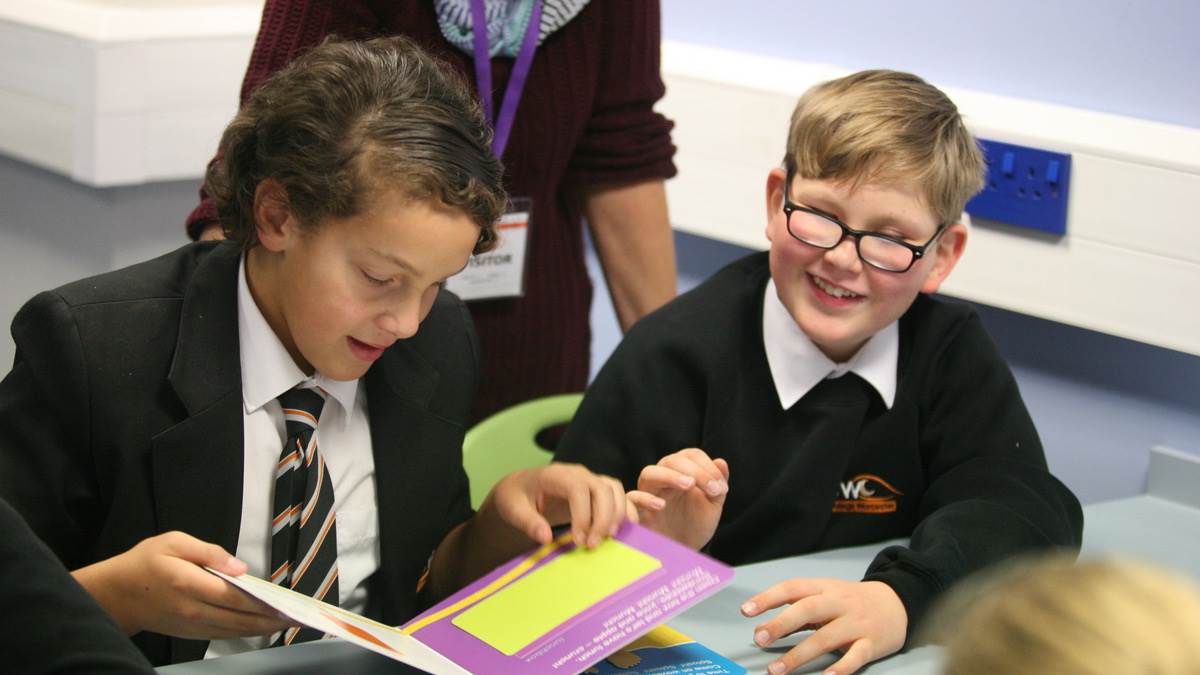Exciting new tactile books that everyone can enjoy
Published on: 14 June 2017 Author: Alex Strick
Alex Strick tells the story behind the creation of three new tactile books that appeal to visually impaired and sighted audiences alike.

Where children with additional needs are concerned, books with tactile content have an important role to play. Unsurprisingly, however, most such books tend to be aimed at babies and very young children.
This is a problem our BookTrust programmes have come up against time and time again. Over the years, finding mainstream books with tactile content to suit children over the age of three or four has proven virtually impossible.
However, a recent project of ours is helping to change this.
Meeting the needs of all
The three books that this project has produced so far are making real waves. Off to the Park!, Off to the Beach! and Getting Ready are touch and feel books with a difference.

For starters, they are not aimed solely at babies and toddlers. Indeed, between them, the three titles cover an extremely broad target age range. Their content is varied, satisfying and surprising, with highly original and interactive elements, including shoelaces to tie and even a pair of feet that can slide into the water at the beach.
And crucially, all the tactile elements are readily identifiable – to people who are sighted, partially sighted or blind alike.
Consulting children
The secret to this success lies in real consultation. The experience, views and ideas of visually impaired children are at the heart of the books. Publisher Child’s Play joined forces with BookTrust to develop this innovative approach. Right from the start, the project worked closely with professionals, families and, in particular, the students of New College Worcester, a specialist college for young people who are blind or partially sighted.
The students helped choose the themes, write text and plan the tactile content. Their regular input was particularly important where choosing the most effective textures was concerned. Thanks to them, we ensured that objects we chose (and the way they were depicted) were really meaningful. We made sure there were uncluttered pages, with plenty of space to negotiate around the object. We made the textures of clothes realistic, the different foods recognisable, the perspective of the slide in the park accurate, the shells on the beach convincing.

Production challenges
It wasn’t all plain sailing, however. For example, trying to recreate a tactile sea or a wave is far from straightforward! Plus safety regulations and occasionally issues of cost made a few of the ideas suggested by our young consultants particularly challenging.
However, rugged determination and tremendous resourcefulness on the part of Child’s Play meant with we satisfied the vast majority of the students’ asks - experimenting with all manner of materials along the way.
When we came together for our regular meetings, it was not unusual to find us sniffing car air fresheners or cutting up pieces of tyre in search of exactly the right smells and textures.
The final result
By creating a book with visually impaired children in mind, with exciting tactile content and accessible text and artwork, we had actually created a book that almost any child could enjoy.
We’ve heard about the books being equally popular with deaf children, for whom tactile experience is of course also very important. We’ve been told about an older child on the autistic spectrum who loved the Off to the Park! theme and structure. We heard of a boy with learning difficulties whose parents had found it an invaluable way of explaining road safety.
Involving young people
So I think I’ve made clear how crucially importance the involvement of the New College students was to the book’s success. But working with them also had benefits to the young people themselves.
It was an empowering opportunity. Students at the college told me that the project was 'an incredible idea' and that helping to create the books was 'the most amazing thing'.
After one of our visits, another teenage student said that the planning session had been even better than PE. 'And I love PE,' he added.
The future
I know that Child’s Play will continue to create wonderful books with all children in mind. And I know that many more children will be benefit from them. I also hope that more mainstream books will involve consulting children and young people as thoroughly as we were able to do.
A project like this proves that children (in this case, children with additional needs) are not necessarily just the recipients of books; they can also be the creators.
Their experience and expertise can help ensure that children’s books really do engage all children.





